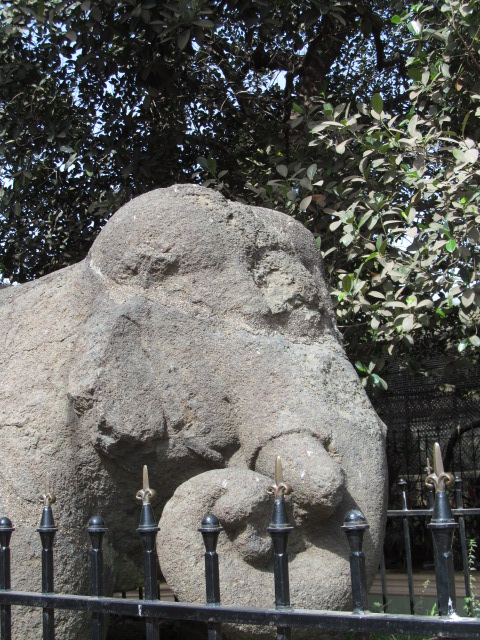Publisher: Penguin Author: R.K. Narayan Pages: 208 ISBN: 9780141185002 The Mahabharata is some 3500 years old and is the longest epic poem in existence. As one of the founding epics of Indian culture, it is also a highly dramatic and enthralling story. Growing from an oral tradition of ballads based on historic events in India, the Mahabharata was passed down and extended through the centuries, thus becoming the longest poem ever written. One of the many narratives about the Mahabharata is by R.K. Narayan. His version provides a superb rendition in an abbreviated and elegant retelling of the greatest epic. The Mahabharata is Hinduism's great epic story. It may be the oldest written story in the world, and certainly the longest . It tells the tale of kings and queens, gods and demons. It goes off on tangents lasting hundreds of pages, yet always comes back to the one main story, the story of the Kauravas and the Pandavas, the two great warrior clans, and the men a...





Comments